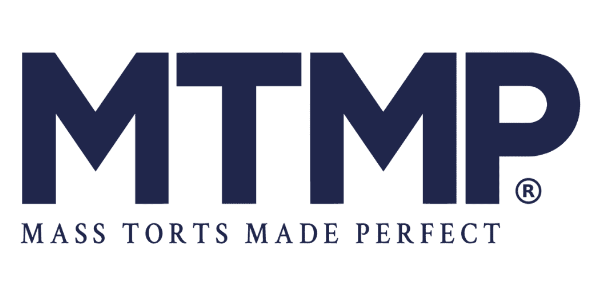Susan Barfield (0:00:05) – Hello, everyone. Welcome to another episode of the Leverage Report. Excited today to be joined. We’re talking with John Albanese from Berger Montague, talking about all things CPAP. And I know that there was an order, John, that was that was released on May 9th. And so what I was hopeful for is that we would connect today and you just kinda give us the the high points about the order and let everyone know the insights. Sure. Happy to be here, Susan.
John Albanese (0:00:34) – Yeah. On May 9th, in the Phillips CPAP case, leadership filed few documents. The most important one being the master settlement agreement for all of the personal injury claims, and what that settlement provides is a $1,075,000,000 fund to compensate people alleging personal injuries for certain qualified injuries. And in connection with the master settlement agreement, along with the defendant’s move for the entry of the identification order, which the court entered on May 9th as well, What the identification order requires is that by June 10, 2024, all counsel have to certify under penalty of perjury all of the claimants, the clients that they represent, that they believe have qualifying injuries to participate in the settlement. After that June 10th date, the settlement administrator will issue within 2 weeks what’s called the, eligible claimant ID report, which identifies all the eligible claimants. And then by December 10, 2024, that is the registration deadline for the settlement itself for which the eligible claimants can register for. So that is where we are at with the Phillips CPAP settlement. Just so everybody’s aware, the qualifying injuries in the settlement are a little bit narrower than what has perhaps been filed by some lawyers, including us, and they include qualifying respiratory injuries like new or worsening asthma, new or worsening COPD, acute respiratory distress syndrome, reactive airways dysfunction syndrome, and other obstructive or restrictive lung diseases. The settlement also, covers certain qualifying cancer injuries. These are mostly what the settlement refers to as pathway cancers, which are essentially cancers from the mouth down to the lungs, where you would use the CPAP device and potentially be exposed to the toxic foam. These cancers include oral cavity cancers, nasal cancers, nasopharynx cancers, larynx cancers, salivary cancers, esophageal cancers, thyroid cancers, lung cancer, and then certain very specific blood cancer, which consists of couple types of leukemia that are set forth in the settlement agreement. And so firms like yours,
Susan (0:03:06)—You read the order on the 9th. What is, like, okay? Here’s the next steps. We’ve got cases. Or if there are firms with a large volume of cases, what’s the recommendation? Start getting medical records. Of course, you gotta get those medical records and make sure they’re reviewed. What is kind of the overarching takeaway?
John (0:03:24) – By June 10th, you need to have identified your clients who have qualifying injuries so that it involves reviewing the medical records to ensure that they have qualifying injuries. So obtain the medical records if you don’t have them that yet and go ahead and review them. Make sure that your
Susan (0:03:44) – clients will be eligible for the settlement. You get the medical records. You get the reviews. How is the submittal process?
John (0:03:52) – The settlement administrator will be providing a template spreadsheet for you to fill out, and then that spreadsheet is submitted through MDL Centrality, which is the same web based database program that’s been used to run the, Phillips Census Registry that’s been going on for a couple years and is now terminated. So there will be a template spreadsheet available. The spreadsheet requires, basically your client’s personal identifying information, including a full Social Security number, plus identification of client’s qualifying injury.
Susan (0:04:26) – Anything else, attorneys should be aware of? I know you covered a lot.
John (0:04:32) – There are various settlement requires a 95% participation rate from eligible claimants to participate in the settlement in order for the settlement to be effective. So everyone should try to ensure that the claimants they’re listing as eligible claimants truly are. There are mechanisms within the settlement that if you do have eligible claimants who you are no longer able to get a hold of to disengage, those claimants and remove them from the participation rate calculation. Yep. Okay. And then the settlement administrator will be is in the process of developing the registration form materials along with communications or or to provide people with some idea of what expected payouts based on injury type will be. Good. Well, John, this is super helpful.
Susan (0:05:17) – I know if, if anyone has questions, we’ll have your information, so that they can reach out directly to you to ask questions. But, man, thanks so much for taking time to connect and kinda give us the high level on this order that was released on the ninth.





